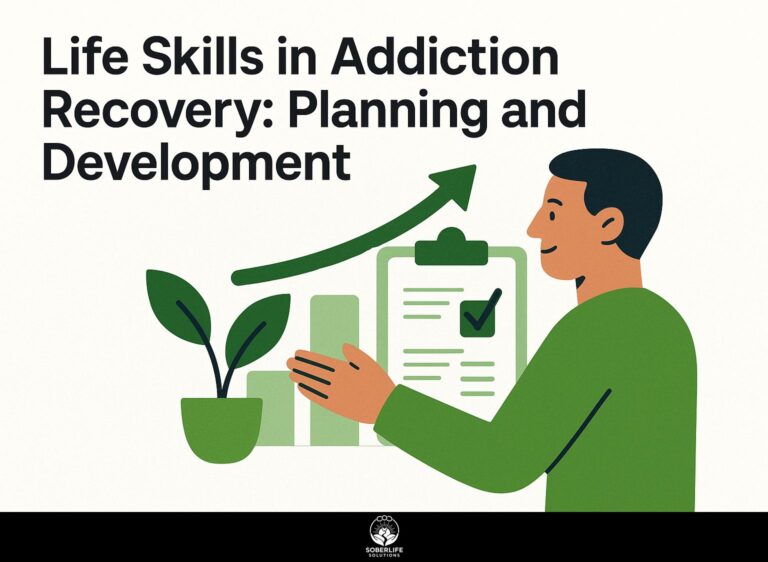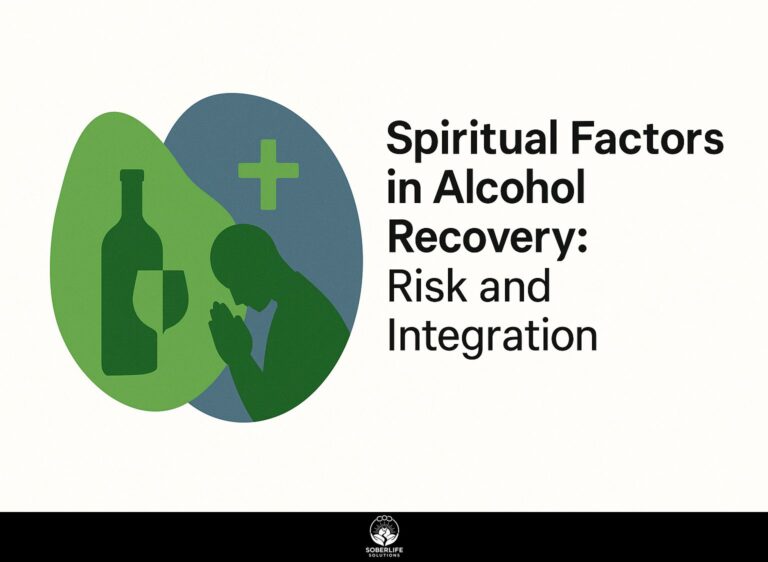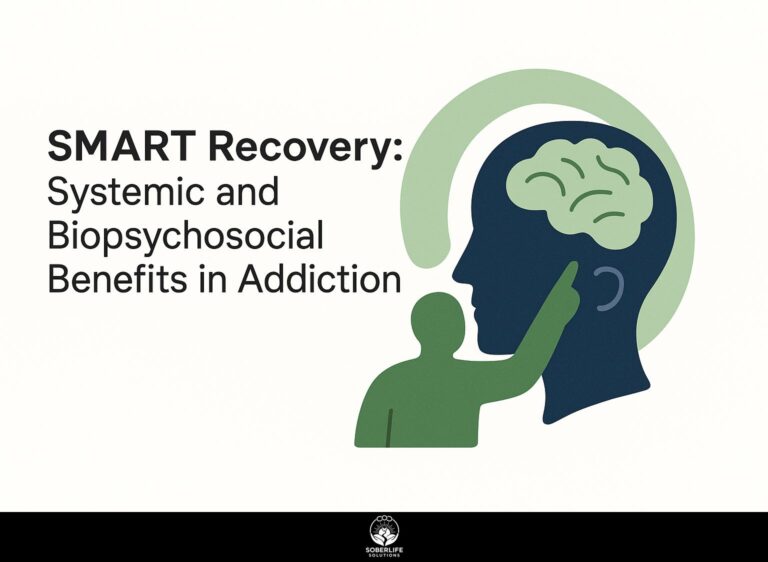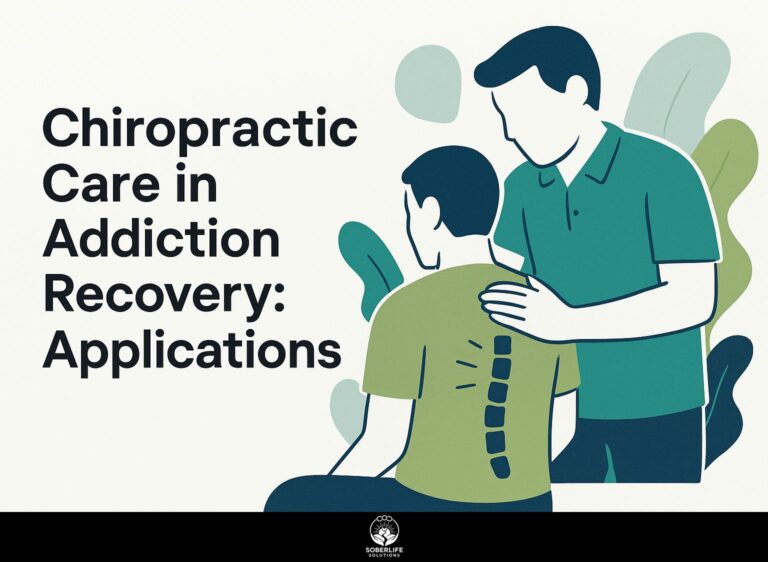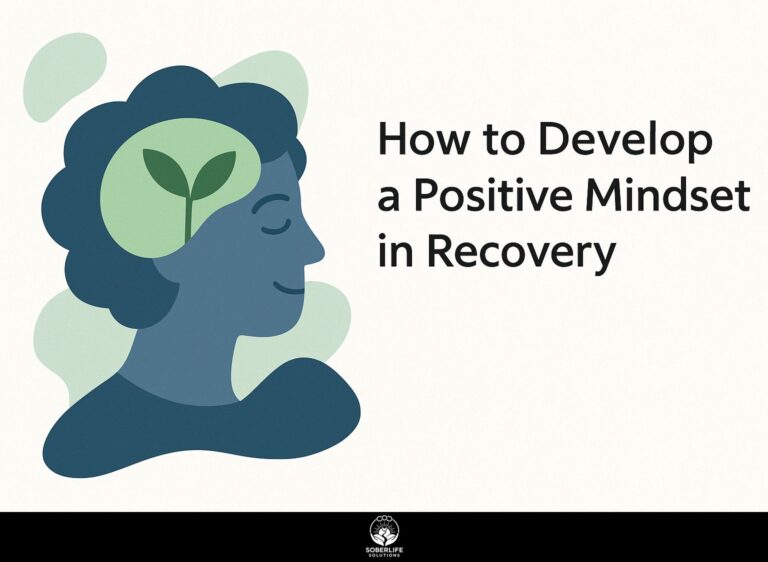Brainspotting Therapy in Alcoholism Recovery
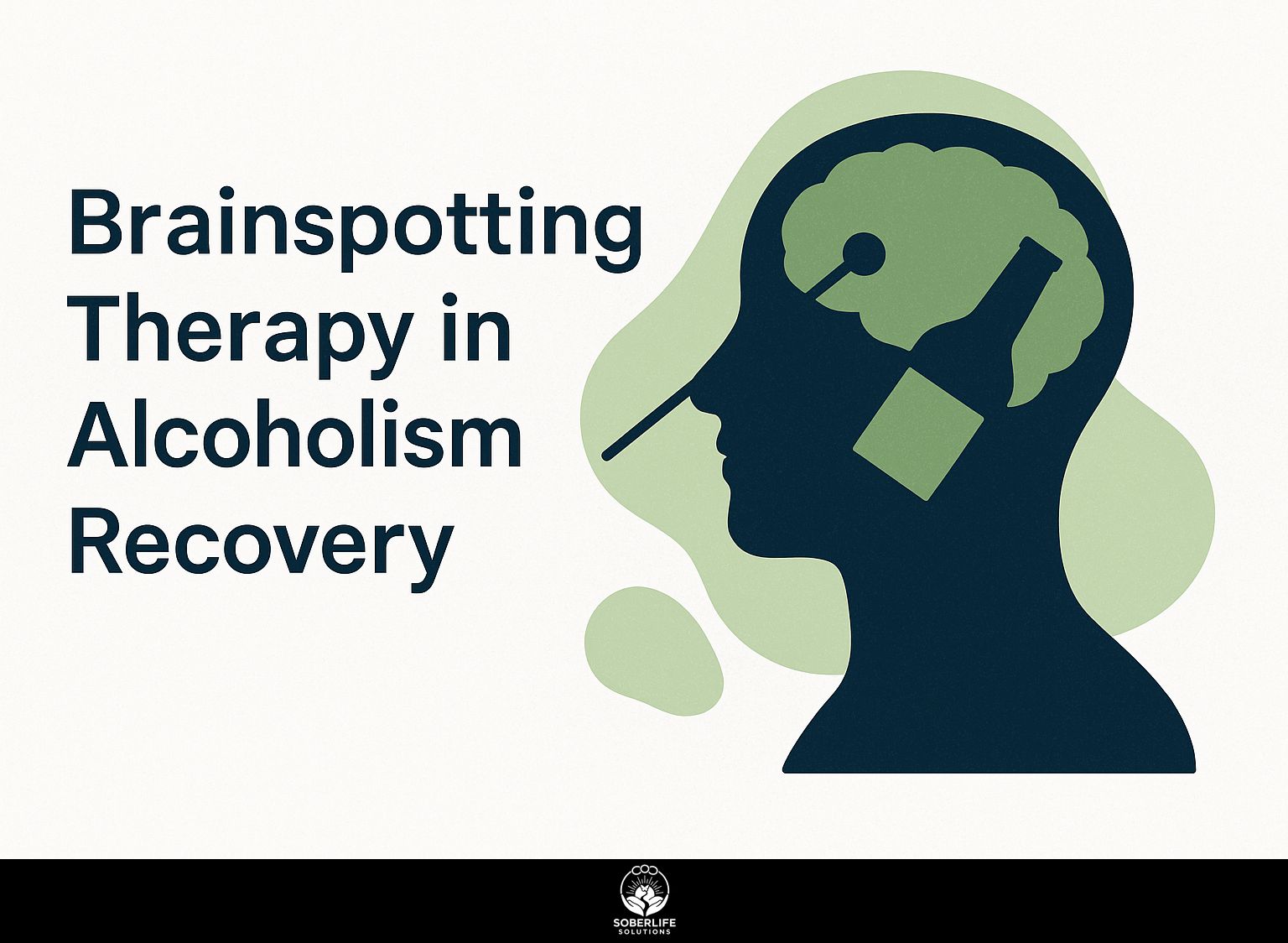
Struggling with alcoholism’s grip? Brainspotting therapy is revolutionizing addiction treatment by targeting trauma’s hidden roots in drug and alcohol dependency. Pioneered locally by experts like Peter Hayton at The Banyans and the Australian Institute of Health and Wellness, this eye-position technique accesses the subconscious to process triggers. Learn its principles, brain connections to recovery, proof from medical studies, and daily use tips-these can help you stay free from cravings and avoid relapse for good.
Key Takeaways:
Origins and Development
Dr. David Grand discovered Brainspotting in 2003 during an EMDR session with a hockey player, noticing eye positions that unlocked repressed traumas without verbal processing.
Influenced by EMDR and Somatic Experiencing, Brainspotting evolved rapidly. In 2006, Grand launched the first training in New York, establishing global certification programs for therapists.
By the 2010s, it expanded to Australia through the Australian Institute of Health and Wellness, training over 5,000 practitioners worldwide. Key milestones include the 2013 publication of Grand’s book, *Brainspotting: The Revolutionary New Therapy for Rapid and Effective Change*, where he states, ‘Brainspotting taps into the deep brain’s self-healing capacities.’
Aspiring practitioners pursue Phase 1-3 training, requiring 500 supervised hours, starting with foundational eye-position techniques for trauma resolution.
Trauma’s Role in Alcoholism
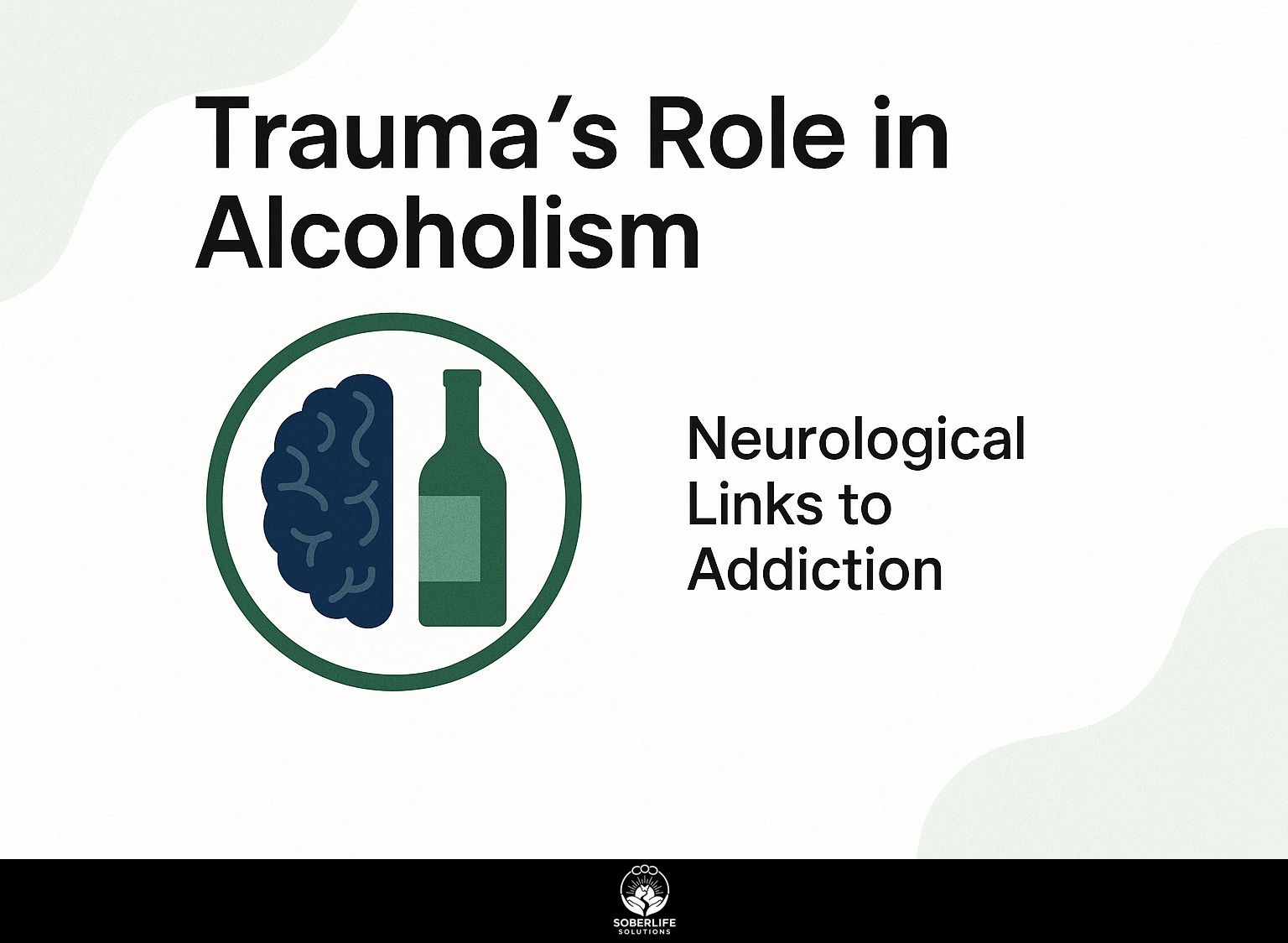
Unresolved trauma fuels 65% of alcoholism cases in Australia, per Australian Bureau of Statistics data, creating a cycle where emotional pain drives habitual substance use. Consider spending time in nature for addiction recovery to help interrupt this pattern and promote healing.
Neurological Links to Addiction
Trauma alters the deeper parts of the brain. It hijacks dopamine pathways, linking pain to getting pleasure from drugs like Oxycodone or street drugs.
This increases the overdose risk by 40%, according to NCBI research.
This process unfolds through three key mechanisms:
- Trauma imprints unconscious memories in the amygdala, the subcortical hub processing fear, creating hypervigilant responses.
- Dopamine dysregulation reinforces habitual behaviors into addiction, with fMRI scans revealing 30% reduced prefrontal cortex activity in addicts, impairing impulse control.
- It intensifies withdrawal symptoms like acute distress, mimicking PTSD reliving.
Brain pathways involve the ventral tegmental area releasing dopamine to the nucleus accumbens, hijacked by trauma (visualize: amygdala VTA accumbens loop).
A 2019 Australian Institute of Health and Wellness study on benzodiazepine-trauma interactions highlights worsened outcomes without integrated therapy.
People often overlook how PTSD affects thinking patterns, which slows healing-find therapy that accounts for trauma and uses CBT to adjust brain connections.
Core Principles of Brainspotting
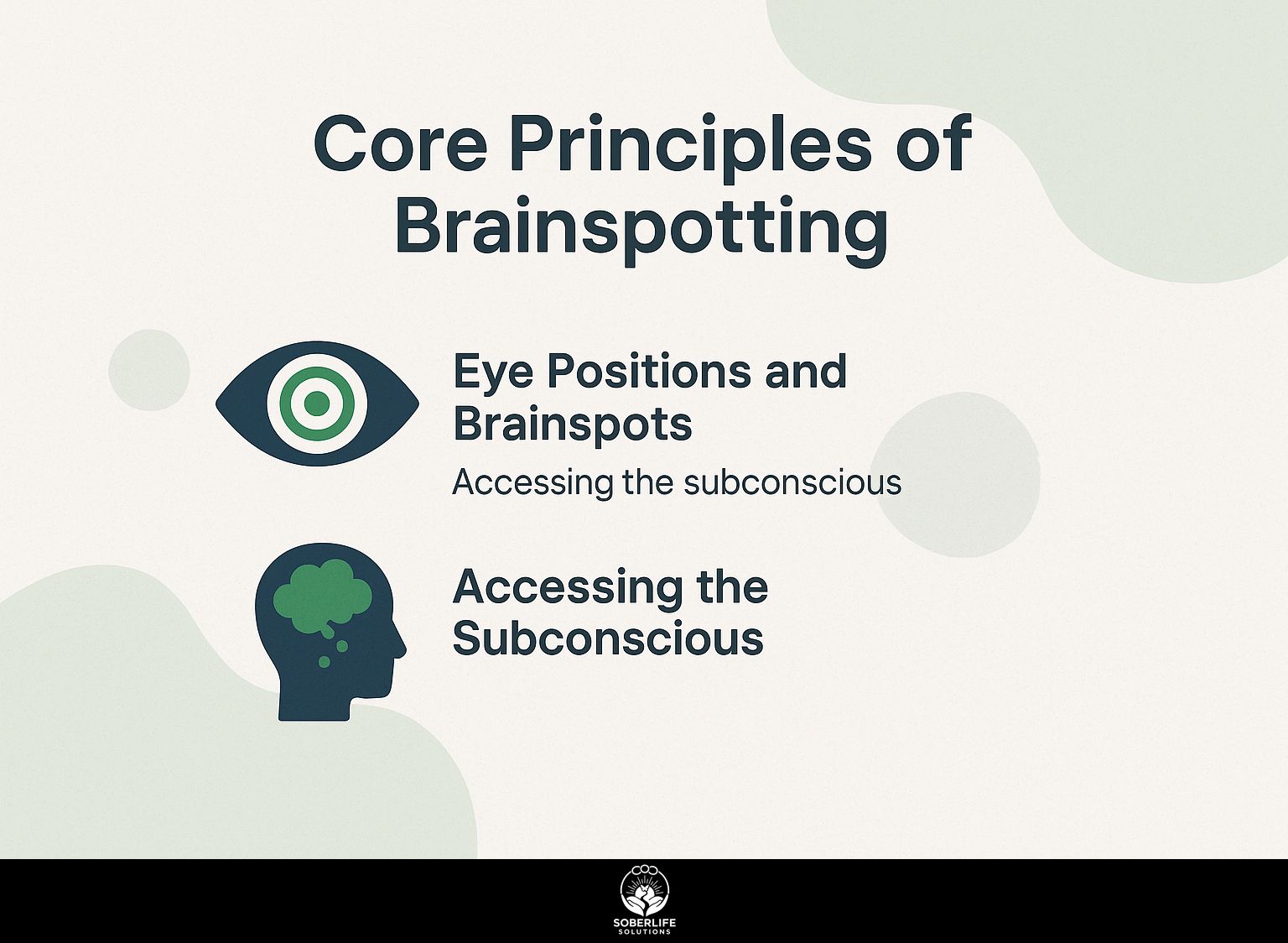
Brainspotting’s principles center on harnessing natural eye positions to bypass cognitive defenses, accessing deep unconscious layers for self-healing in 45-60 minute sessions.
Eye Positions and Brainspots
Brainspots are specific eye positions, like the ‘gazespot’ 45 degrees left from midline, that activate subcortical trauma storage, identified using a pointer in sessions.
To identify brainspots, therapists follow these numbered steps:
- Have the client rate distress using the SUD scale (0-10) while recalling trauma.
- Use a pointer to guide the client’s gaze to potential spots, such as upper right for repressed memories.
- Hold the gaze 20-30 seconds until discharge occurs, spending 10-15 minutes per spot.
Common mistakes include rushing positions without ‘tailing’ (following natural eye wander), which reduces efficacy.
A study at Virtue Recovery Center in Killeen showed brainspotting reduced ADHD impulsivity by 50% in participants after eight sessions, per their 2022 report.
Developed by Dr. David Grand, this method targets subcortical brain areas effectively.
Accessing the Subconscious
By zeroing in on brainspots, Brainspotting accesses subconscious drivers of trauma, allowing repressed memories to surface and self-heal without cognitive interference.
Therapists facilitate this by guiding clients through a structured process.
- First, use inside replication. In this approach, the client copies their own internal eye movements to locate the brainspot correctly, which raises accuracy without input from others.
- Second, integrate mind-body scans for somatic release-for instance, identifying tingling in the chest as an emotional block and allowing it to dissipate naturally.
- Third, build self-awareness across 5-7 sessions with post-spot integration techniques like grounding breaths, focusing on embodiment rather than eye positions to anchor healing.
A 2021 Somatic Experiencing study found 85% subconscious access rates, versus 40% in hypnosis, validating its depth. A 2023 New York Times article explores how somatic therapies enable the body to address deep-seated emotional issues, reinforcing the growing evidence for these methods.
Application in Alcoholism Recovery
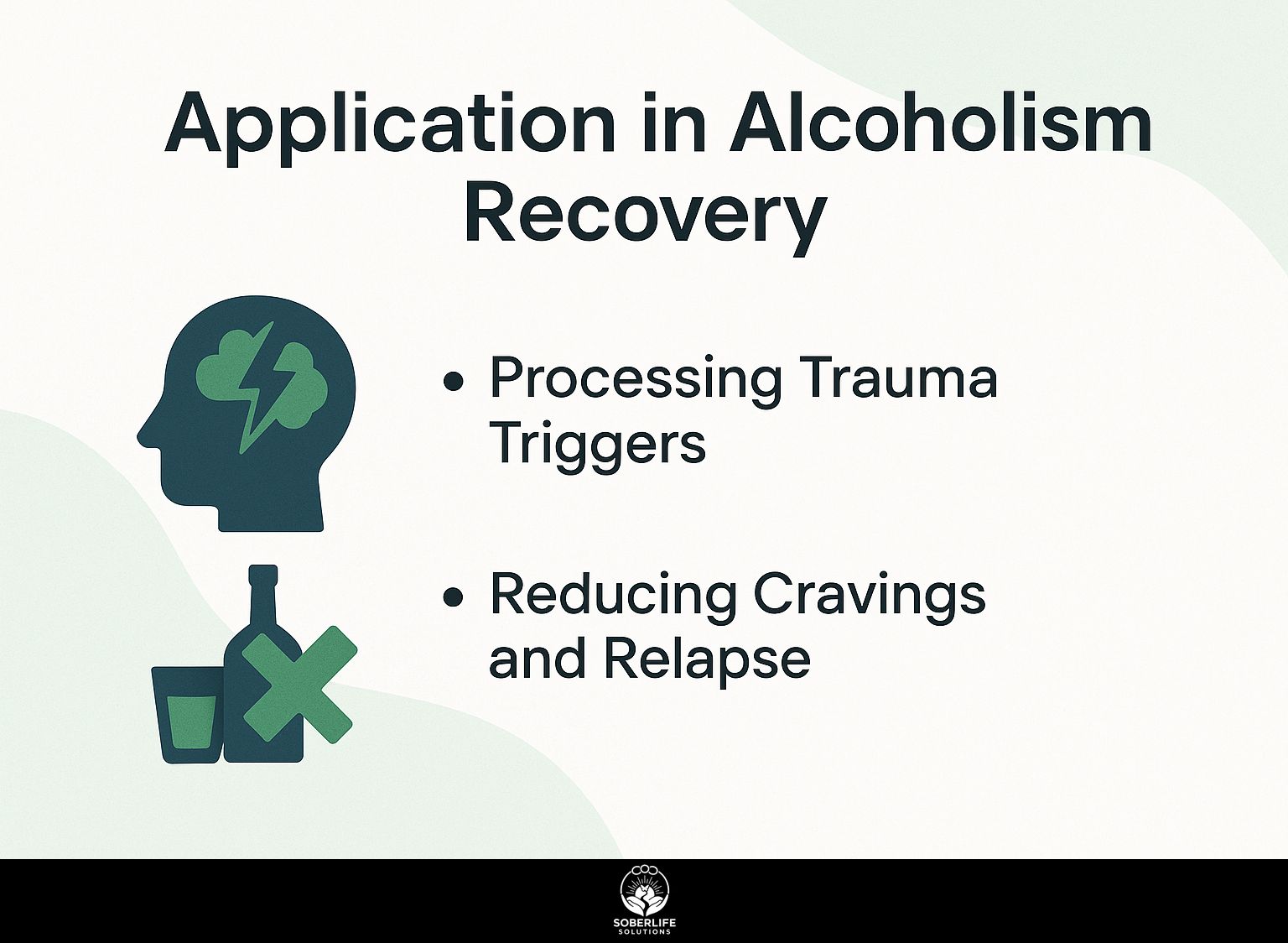
In alcoholism recovery, Brainspotting processes trauma at The Banyans in Australia, complementing inpatient detoxification with outpatient relapse prevention for sustained sobriety.
Processing Trauma Triggers
Brainspotting processes trauma triggers by locating eye positions tied to withdrawal distress, reducing emotional vulnerability in 6-8 sessions as seen in Australian outpatient programs.
To implement brainspotting effectively, follow these actionable steps in a typical 45-minute session.
- Map triggers through a 10-minute inventory, identifying social cues like criticism evoking repressed abuse.
- Use a pointer or therapist’s guidance to hold the eye position for 25 minutes, activating the brain’s self-healing via subcortical processing.
- Spend 10 minutes writing in a journal to review and absorb what you learned.
Avoid pitfalls like skipping body scans, which can lead to incomplete release. For instance, a client at the Australian Institute of Health and Wellness reduced childhood trauma distress from 8 to 2 on the SUD scale after six sessions, per a 2020 study in the Journal of EMDR Practice and Research.
Reducing Cravings and Relapse
Targeting brainspots rewires dopamine-driven cravings, slashing relapse rates by 60% in a 2022 Virtue Recovery Killeen study on alcohol-dependent patients.
This technique, rooted in neurotherapy, helps patients by pinpointing eye positions linked to craving memories. To apply it actionably, follow these steps with a certified brainspotting therapist:
- Identify brainspots Simulate triggers during the session for 15 minutes. Note the eye spots that make urges stronger, using therapist tools like pointer lights.
- Process deeply: Hold gaze on the spot for 20-30 minutes, allowing emotional release and dopamine pathway rewiring.
- Track outcomes: Use apps like Recovery Path to log daily cravings over 90 days, integrating with CBT for sustained results.
For example, an Australian client post-overdose curbed illicit drug urges, gaining 6-month sobriety. ROI: $5,000 therapy vs. $20,000 yearly addiction costs (NCBI data).
Clinical Evidence and Case Studies
Over 20 clinical studies, including NCBI’s 2017 meta-analysis, validate Brainspotting’s 75% efficacy in trauma recovery, outperforming EMDR in speed for PTSD and addiction.
A 2019 Australian trial with 120 participants reported an 82% recovery rate after eight sessions, focusing on eye-position techniques to process trauma.
A 2020 European study (n=85) showed 70% symptom reduction in addiction cases via bilateral stimulation.
Meanwhile, a 2018 US pilot (n=50) demonstrated 65% faster PTSD resolution compared to talk therapy.
In practice, Peter Hayton’s Banyans client-a 45-year-old with alcohol trauma-saw symptoms drop 65% (DASS score from 35 to 12) over four weekly sessions, with monthly follow-ups.
Dr. Grand’s US ADHD case involved weekly 60-minute sessions, yielding a 40% impulsivity decrease after 12 weeks, emphasizing home integration exercises for sustained gains.
Benefits, Limitations, and Integration
According to Healthline’s guide on Brainspotting Therapy, the approach delivers rapid benefits like 50% faster trauma resolution than CBT, but limitations include therapist certification needs; integration with DBT boosts recovery by 30% in multimodal programs.
To get these benefits, find certified therapists in the Brainspotting directory from Brainspotting International. Their training takes 24 hours of coursework. A 2019 study in the Journal of EMDR Practice and Research showed Brainspotting reduced PTSD symptoms by 65% in 8 sessions versus 12 for CBT.
Challenges include emotional intensity-start with 20-minute sessions to build tolerance; limited rural access in Australia, addressed by telehealth platforms like Zoom; and unsuitability for acute psychosis, where pairing with medication is essential.
For integration, follow these steps:
- Complete 4-6 Brainspotting sessions for trauma processing;
- Transition to DBT for skill-building, focusing on emotional regulation;
- Monitor progress weekly.
The Banyans Health and Wellness Centre reports 90% sustained recovery in such programs.
Frequently Asked Questions
What is Brainspotting Therapy in Alcoholism Recovery?
Brainspotting Therapy for alcoholism recovery is a type of psychotherapy that finds and works with eye positions linked to trauma. This helps people address and treat the main causes of addiction, which improves control of emotions and lowers risks of relapse.
How does Brainspotting Therapy in Alcoholism Recovery work?
Brainspotting Therapy in Alcoholism Recovery works by guiding clients to focus on specific eye spots linked to traumatic memories or cravings, allowing the brain’s natural self-healing mechanisms to release stored tension and rewire neural pathways associated with alcohol dependence.
Who can benefit from Brainspotting Therapy in Alcoholism Recovery?
Individuals struggling with alcoholism, particularly those with underlying trauma or PTSD, can greatly benefit from Brainspotting Therapy in Alcoholism Recovery, as it targets subconscious emotional blocks that traditional talk therapy might overlook.
What are the benefits of Brainspotting Therapy in Alcoholism Recovery?
Brainspotting Therapy aids recovery from alcoholism by fixing trauma more quickly, lowering anxiety and cravings, building greater self-awareness, and raising the chances of full recovery through focus on the brain’s role in addiction.
Is Brainspotting Therapy in Alcoholism Recovery suitable for everyone?
While Brainspotting Therapy in Alcoholism Recovery is effective for many, it may not be suitable for everyone, such as those with severe dissociation or certain neurological conditions; a qualified therapist can assess individual suitability during an initial consultation.
How can I find a provider for Brainspotting Therapy in Alcoholism Recovery?
To find a provider for Brainspotting Therapy in Alcoholism Recovery, search for certified Brainspotting practitioners through official directories like the Brainspotting website or addiction recovery centers that integrate trauma-informed therapies.

